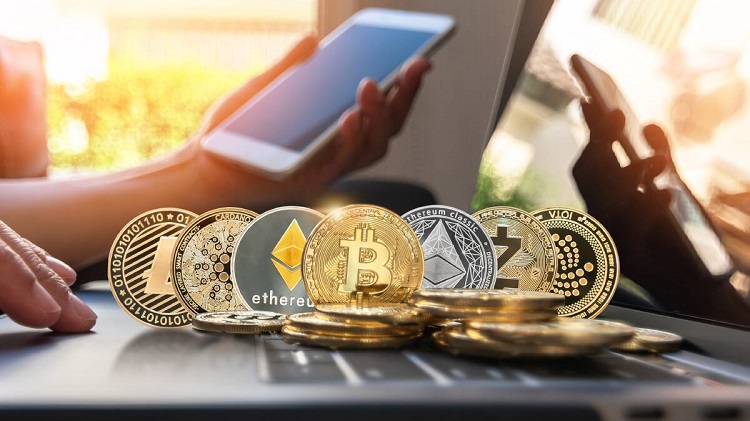The blockchain space is evolving rapidly, and every once in a while, a new player rises to capture the attention of developers, investors, and enthusiasts. Right now, that player is Solana. Solana is known for its high-speed transactions and innovative consensus mechanisms. It has quickly garnered significant attention in the world of decentralized finance (DeFi), non-fungible tokens (NFTs), and blockchain technology as a whole.
But what’s causing this sudden surge in interest? Let’s dive into the reasons behind the growing buzz and why blockchain enthusiasts are keeping a close eye on Solana.
Table of Contents
The Power of Speed and Scalability
Recent Solana news highlights how the network’s innovations are fueling its rise in popularity among blockchain developers. High gas fees and slow speeds often plague traditional blockchains like Ethereum during peak usage, but its rapid transaction speeds offer a promising alternative. Solana’s ability to process large volumes of transactions without compromising on speed has caught the attention of developers looking to build high-performance applications.
One of the primary factors behind the growing enthusiasm for Solana is its speed and scalability. Unlike many traditional blockchains like Bitcoin or Ethereum, which can struggle with high transaction volumes and slower processing times, Solana is designed to handle a much higher throughput. Its ability to process thousands of transactions per second (TPS) has made it a game-changer for blockchain developers.
Low Transaction Costs and High Efficiency
In addition to speed, the cost of transactions on Solana is incredibly low. One of the major drawbacks of networks like Ethereum has been the high transaction fees during periods of congestion. For many users, this has created barriers to entry, especially when it comes to smaller transactions. Solana’s low-cost model has been a breath of fresh air for both developers and users. With transaction fees often measured in fractions of a penny, it presents a solution to the high-cost issue that plagues other blockchain networks.
This affordability is particularly appealing to smaller projects and startups looking to build on blockchain technology without incurring excessive costs. Solana’s efficient transaction model makes it possible to deploy decentralized applications at a fraction of the cost compared to other blockchain networks. As more projects migrate to Solana for this reason, the network’s ecosystem continues to grow, further fueling its rise.
Institutional Interest and Investment
Another factor driving attention to Solana is the increasing interest from institutional investors and large enterprises. As blockchain technology gains traction across a variety of industries, big players are looking for scalable solutions that can handle real-world use cases. It has caught the eye of many institutional investors due to its scalability and low transaction costs. Major venture capital firms and even large corporations have invested in Solana-based projects, further validating the network’s potential.
Solana’s growing institutional support has brought increased credibility to the platform, which in turn attracts more developers and businesses to the ecosystem. This institutional involvement is a clear sign that Solana is more than just a passing trend. Rather, it is a blockchain solution that could play a key role in the future of decentralized technologies.
The growing interest in Solana is not a coincidence. Its ability to process high volumes of transactions at incredible speeds, coupled with its low fees and strong developer support, positions it as a leader in the blockchain space. As it continues to grow and attract attention through Solana news, it will likely see even more adoption in the coming months and years. With an ever-expanding ecosystem, institutional backing, and a developer-friendly environment, Solana is well on its way to becoming one of the most important blockchains in decentralized technology.

